I am trying to create an iOS app that will perform an action when it detects a clapping sound.
Things I've tried:
1) My first approach was to simply measure the overall power using an AVAudioRecorder. This worked OK but it could get set off by talking too loud, other noises, etc so I decided to take a different approach.
2) I then implemented some code that uses a FFT to get the frequency and magnitude of the live streaming audio from the microphone. I found that the clap spike generally resides in the 13kHZ-20kHZ range while most talking resides in a lot lower frequencies. I then implemented a simple thresh-hold in this frequency range, and this worked OK, but other sounds could set it off. For example, dropping a pencil on the table right next to my phone would pass this thresh-hold and be counted as a clap.
3) I then tried splitting this frequency range up into a couple hundred bins and then getting enough data where when a sound passed that thresh-hold my app would calculate the Z-Score (probability from statistics) and if the Z-Score was good, then could that as a clap. This did not work at all as some claps were not recognized and some other sounds were recognized.
Graph:
To try to help me understand how to detect claps, I made this graph in Excel (each graph has around 800 data points) and it covers the 13kHZ-21kHZ range: 
Where I am now:
Even after all of this, I am still not seeing how to recognize a clap versus other sounds. Any help is greatly appreciated!